Colour conversation with Frankie Macaulay, Cocowai Cashmere
Frankie Macaulay founded Cocowai Cashmere in 1996, and was a pioneer in bringing the pashmina to the UK. In our latest Colour Conversation, she talks about the process behind the beautifully colourful and ethically sourced Cashmere Gauze Stoles that are made for Kettlewell in Nepal.
What inspired you to set up Cocowai?
After I’d left school and finished studying, I moved to London and worked at Genghis Khan, an ethnic clothing company based in Brixton. The owner would send me to Kathmandu for up to three to six months at a time, to meet up with all the suppliers and check on our orders, ensuring that the clothes like our chunky sunflower jumpers were being made to our specifications, and that all the trousers, for example, had the same leg length! That was my introduction to Nepal.
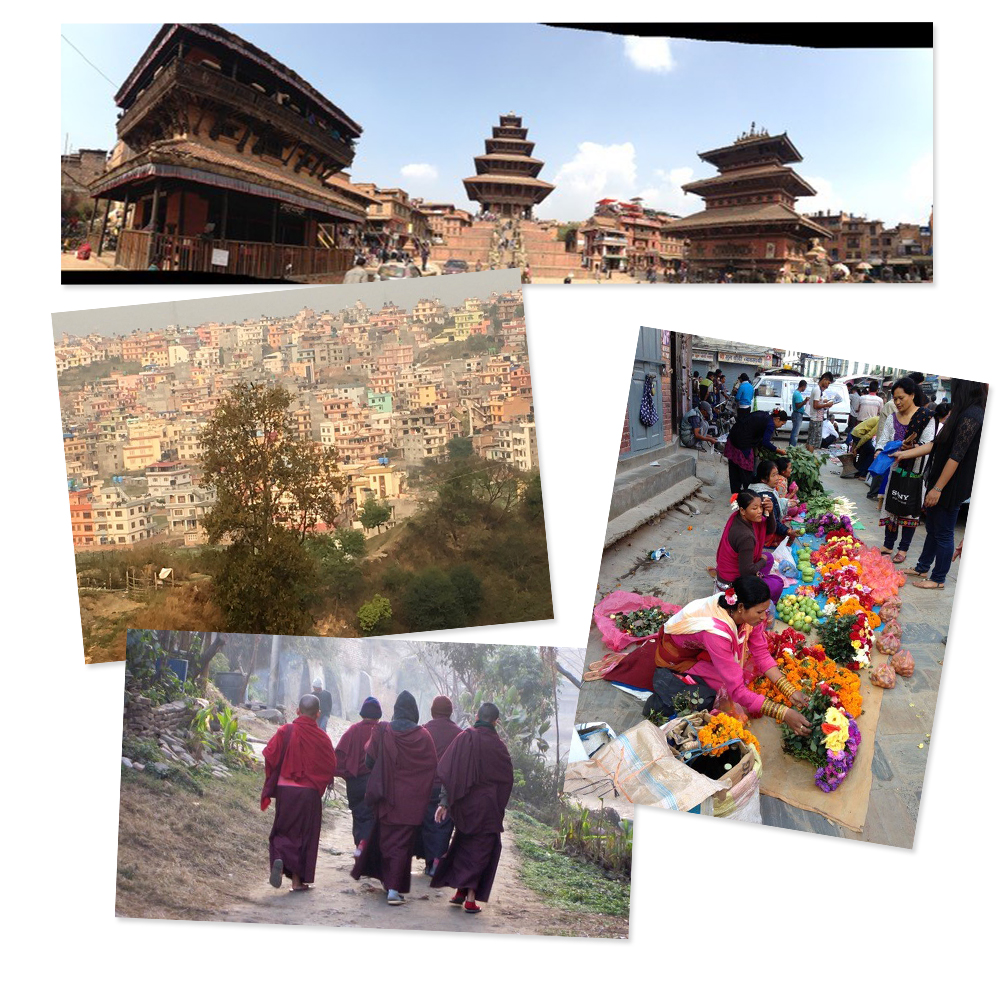
After falling in love with my husband-to-be it was difficult spending such long periods of time abroad and alone, so I parted ways with Genghis Khan and went to study Ethnomusicology at SOAS, specialists in the study of Asia, Africa and the Middle East. Then, one day, a Nepalese friend came over with some pashminas. He gave me ten and said they were starting to sell in America and were going to be huge. I borrowed some money from my old boss, took a stand at Pure trade show and, after a very slow start, sold £12,000 worth on the third day (it turned out that an actress had worn a pashmina on the cover of Vogue and had described it as the most beautiful thing in the world). We launched Cocowai overnight.
How did your association with Kettlewell begin?
I was introduced to Melissa through a friend who was working with me at the time, whom I had originally met on the back of an elephant in Nepal in 2006! We started producing pashminas for Kettlewell and the relationship has gone from strength to strength. The Cashmere Gauze Stoles that you see on the website now have since replaced the pashmina and are available in 36 colours, from fuchsia and apple to burnt orange and canary yellow.
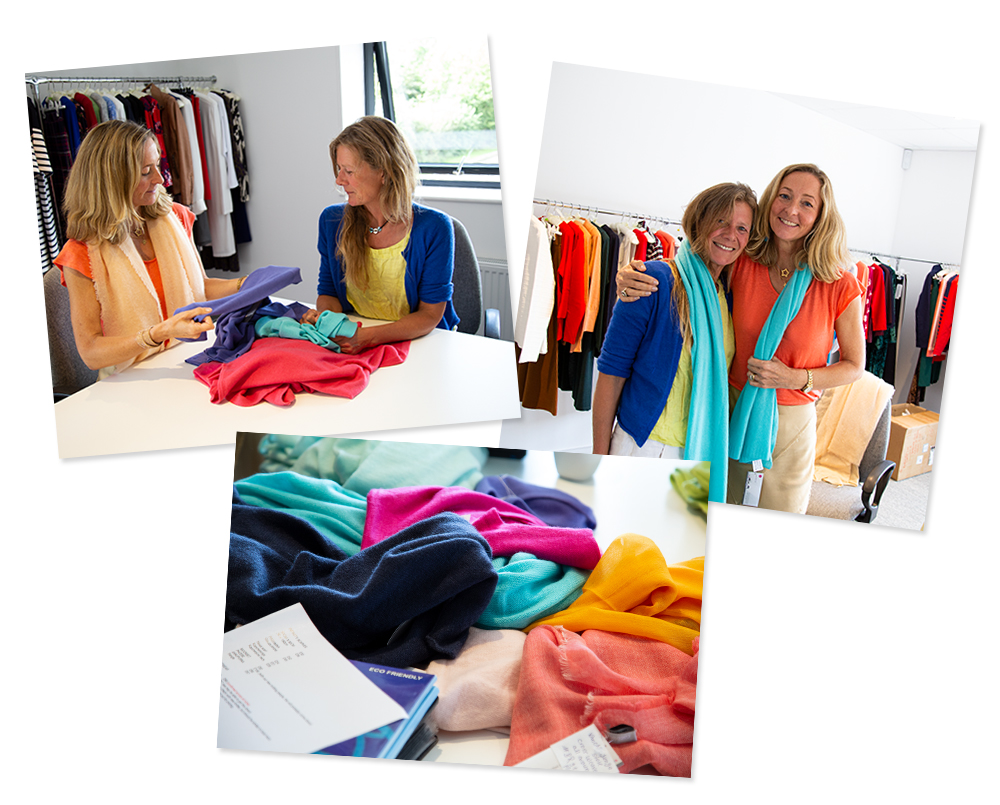
Can you explain the production process behind the Cashmere Gauze Stoles?
The beautifully soft yarn comes from goats in the Himalayas – Nepal, Mongolia and Tibet – and is hand spun; woven on traditional looms and then hand-dyed - all in the same family-run factory on the outskirts of Kathmandu that we have worked with from the start. It’s like one big family and we know all the employees and their children.
Tell us about the goats…
I often get asked how the goats are cared for. Traditionally goats are kept in small herds and left to roam freely in the mountains during the day. The goat herders might bring them in at night in winter, often into their homes, while the family sleeps (it’s a clever ancient farming practice as the heat from the animals rises and warms everyone upstairs). Sadly, with the ever-increasing demand for cashmere, goat herds are now bigger and farming is done on a larger scale, but this practice does still exist in the high Himalayas.
When the weather gets warmer, the goats begin to moult, and this is when their beautiful yarn is collected – the soft undercoat is combed out rather than shorn. The goat’s health is reflected in its yarn. A healthy, happy goat will produce excellent strong and conditioned yarn.
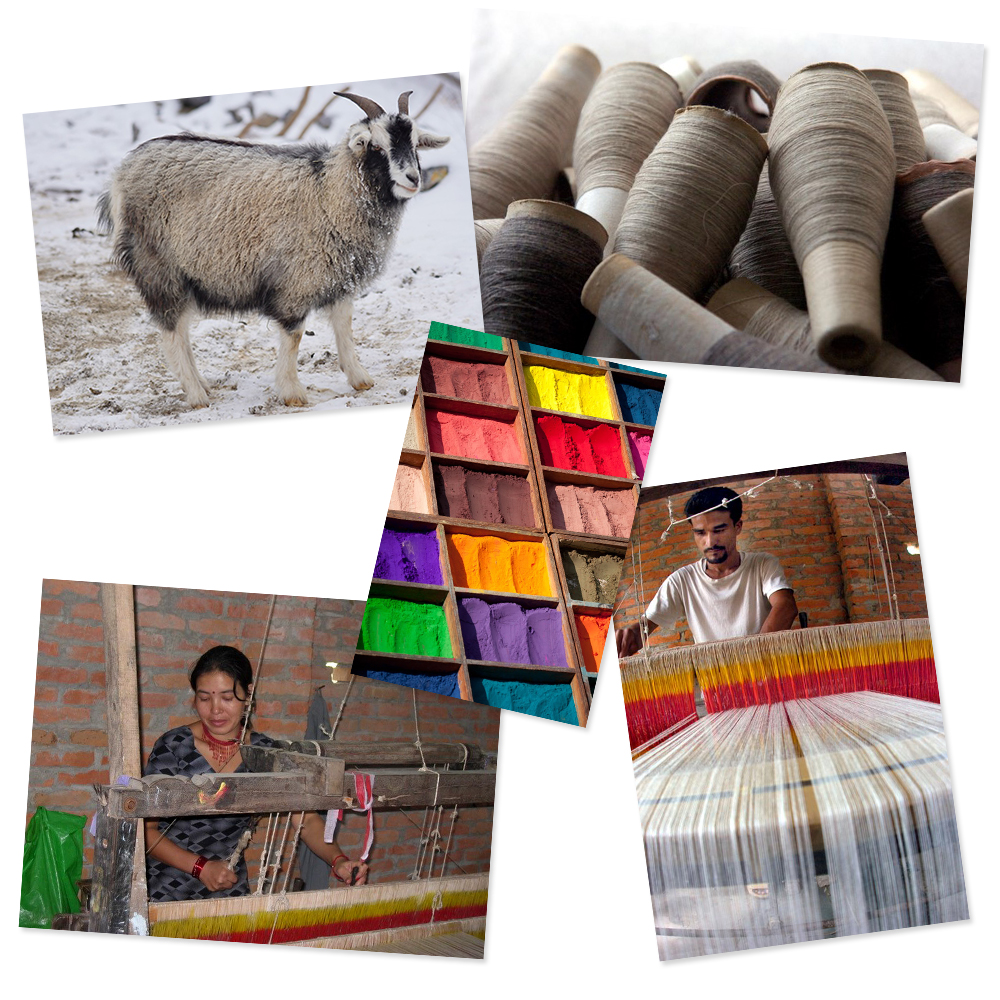
How do you achieve the amazing colours of the Gauze Stoles?
We started off with about 12 colours and over the years I have been able to add to this by sending bits of cotton or pictures, or taking out swatches of fabric in colours that we want to achieve. The dye used by the factory in Kathmandu is in powder form (a Swiss dye that is kind to the skin). The staff in the factory weigh out the different colours and work out what to use – ie, 2g of one colour, 5g of another, 7g of another, etc. Everything is weighed on tiny old-fashioned balance scales. Then the powder is mixed with water and heated on a wood fire, and the shawls are submerged and stirred around with a wooden stick while being heated. There’s nothing remotely modern about the process, so it’s incredible that we manage to achieve so many colours and – generally – get them right!
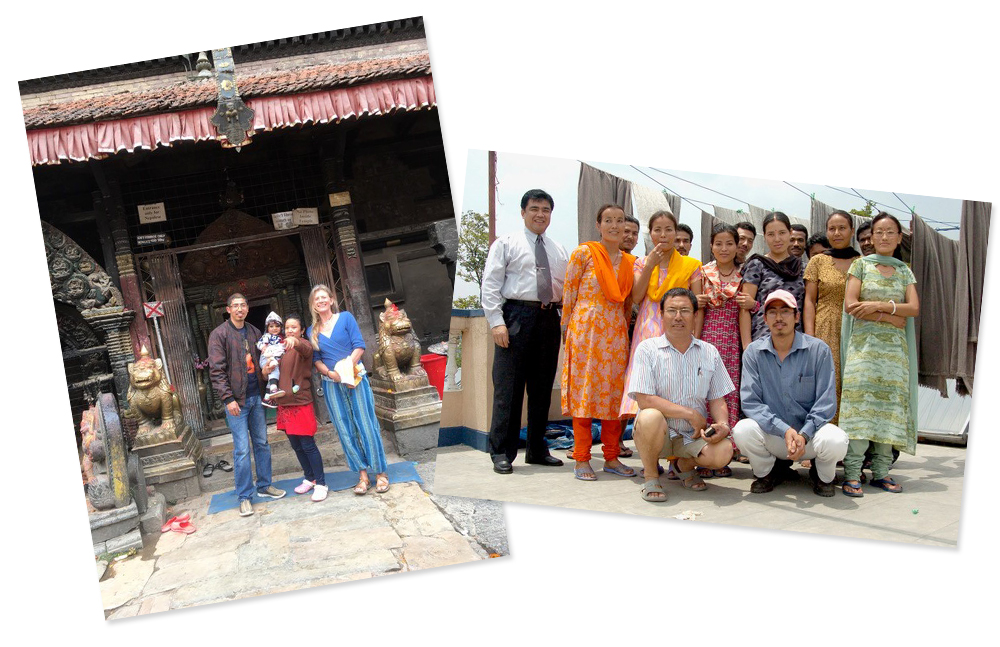
As a company you feel very strongly about giving back to the Nepalese community. Can you tell us about some of the charities you support?
In many ways we owe our success to the kindness, hospitality and professionalism of our Nepalese friends, and we have supported a number of worthy causes in Kathmandu over the years, including the Bidhashram Centre, which helps elderly people who have been left homeless and unable to help themselves, and the wonderful NCWSC Orphanage, which has 28 children between the ages of four and 18 years old, with just three amazing carers. We also raised more than £7,000 for the Earthquake Appeal in 2015, when thousands of people were left homeless and lost family members. The money was distributed evenly between everyone involved in our production to help with rebuilding, repairing and general survival.
Do you have a favourite shade?
I’m a Spring and lean towards the bright blues and aquas in my palette – the colours of water. We live in Poole, Dorset, and I swim in the sea every day, even during the winter. Like the sea, bright colours give me energy. They make me feel alive.




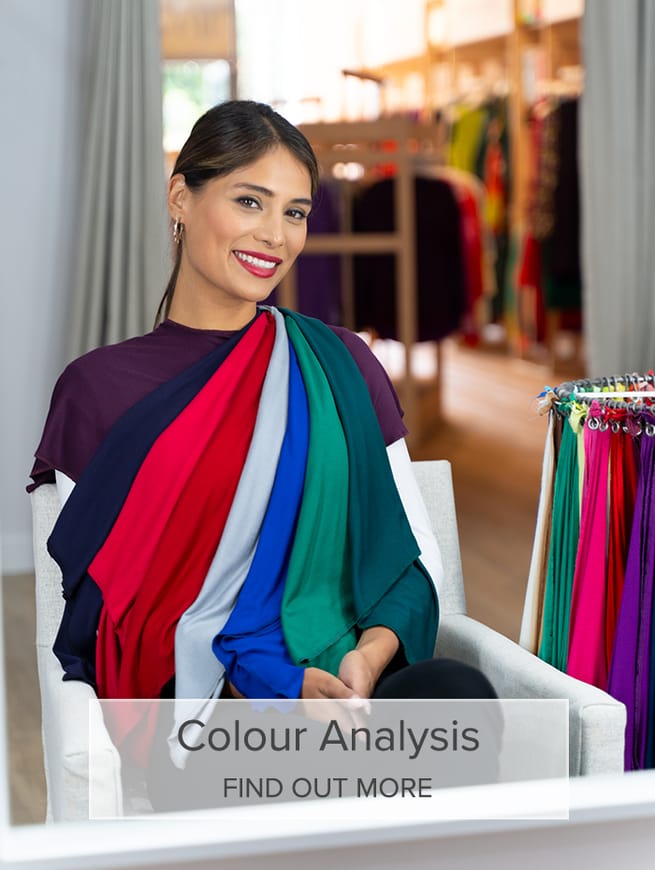
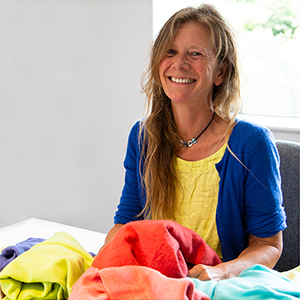
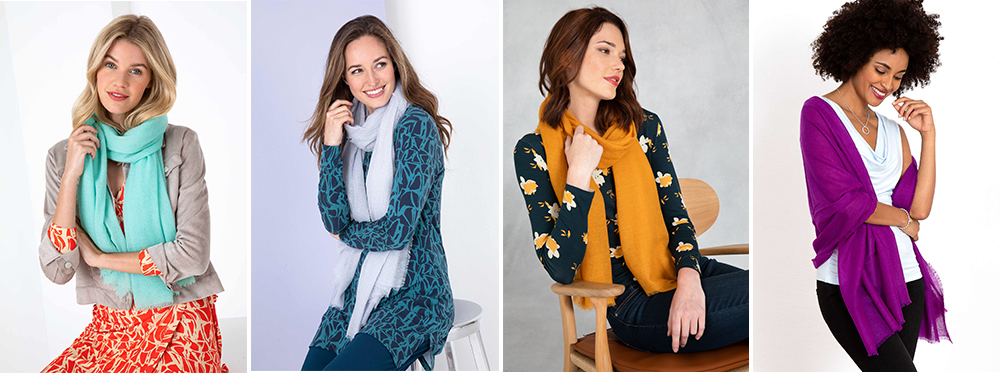
Kathy Beevers on Oct 20, 2022 11:44 AM
The treatment of animals within the production of materials is a massive issue for me - and I would like to see it given much more profile across the fashion industry (rather than just a sometimes singular focus on 'sustainability'). Therefore I appreciate the information provided here (which makes me more willing to purchase from you than from many others) and I hope you will continue, and even progress, your standards in relation to animal care going forwards. Thank you.
JUDITH HALL on Sep 14, 2019 11:17 PM
So interesting. And excited knowing the story. They are very expensive, but now I know why, and that they are ethically sourced...I am encouraged to reconsider buying. Thanks for sharing
Heidi on Sep 14, 2019 11:03 PM
This is very interesting about the cashmere stoles. I now see why they are expensive. I own one and would love another but you have so many items I like . They feel fantastic around the neck so comfortable and luxurious.
Jeanne Wood on Sep 14, 2019 9:11 AM
I loved reading this very informative article concerning your garments - it makes me want to buy one of every spring colour! Although my purse won’t allow that!